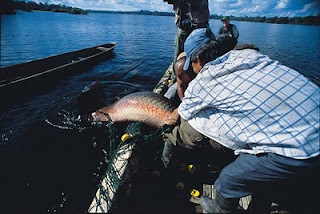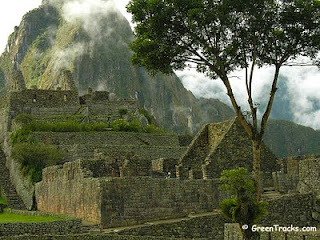World Wildlife Fund
Extremely rich in biological and cultural diversity, the Abanico del Pastaza Wetlands Complex and the Pacaya Samiria National Reserve in northeastern Peru are priority areas for conservation efforts in the Amazon. Since 1999, WWF has helped more than 50 indigenous communities from the Candoshi, Achuar, Quechua, Urarina and Cocama peoples manage threats to the area and protect themselves from the negative effects of commercial oil development and overfishing.
 Candoshi woman preparing fish caught in Lake Rimachi.
Candoshi woman preparing fish caught in Lake Rimachi.Decades of petroleum production polluted drinking water and commercial overfishing reduced fish populations - the main source of food and income for these communities. Through local partner organizations such as Racimos de Ungarahui and Fundación Amazonia, WWF has trained indigenous groups so that they can better defend their right to the sustainable use of natural resources in their territories by oil and commercial fishing companies. A crucial part of this work is strengthening their negotiation skills and teaching local communities to use their legal system more effectively.
Read more...























